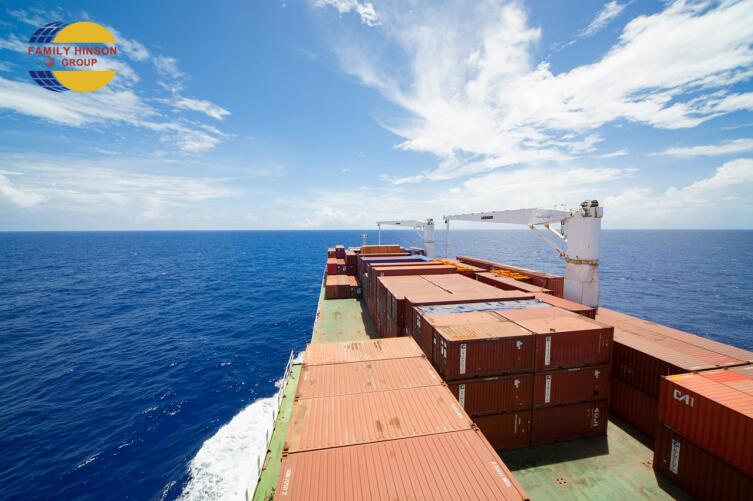2024/04/08

In its 2024 forecast, US consultancy AlixPartners has highlighted the substantial carbon footprint of container shipping, stating that the sector must allocate US$1.4 trillion towards achieving carbon neutrality by the year 2050.
The report suggests that merely adopting alternative-fuel propulsion systems will fall short of meeting the stipulated 20% emission reduction by 2030. However, attaining a net-zero status by 2050 is still feasible—albeit by a narrow margin—if between 5% to 17% of the maritime fleet transitions to zero-emission fuels (such as ammonia, methane, or hydrogen) by 2030, escalating to 84% to 93% by 2050.
This ambitious objective necessitates an investment of up to US$1.4 trillion, with financial responsibilities resting on the shoulders of both carriers and energy providers, and ultimately trickling down to shippers and consumers. AlixPartners emphasizes that significant incentives and penalties are essential to modify the behaviors of both carriers and shippers, acknowledging that such changes will neither be simple nor swift.
The consultancy has calculated that container vessels were responsible for emitting roughly 230 million tonnes of carbon dioxide in 2023, contributing to the overall maritime emission of 1 billion tonnes of carbon dioxide.
AlixPartners describes these emissions as alarmingly high and on an upward trajectory, exacerbated by the Red Sea crisis and the subsequent diversion of shipping routes to the longer Cape of Good Hope passage.
The consultancy elaborates on the dire consequences of the conflict in the Middle East, which has effectively removed the Red Sea and the Suez Canal from the major container lines’ maps. This rerouting has led to persistent equipment and space imbalances, compromised reliability, surged rates for Asia-origin cargoes, hindered the growth of the burgeoning trade route between Asia and the US East Coast, and significantly increased carbon dioxide emissions.
Contrary to the goal of reducing carbon dioxide emissions by 20% by 2030, the shipping industry’s emissions are projected to surge in 2024 as vessels bypass the Red Sea in favor of the Panama Canal, extending their voyages by approximately 30%.
In a worst-case scenario, without intervention from governments, shippers, consumers, and industry groups, emissions could reach 350 million tonnes by 2050.
The report also touches on the challenges of implementing cross-border regulatory changes, especially in light of varying governmental strategies and priorities in addressing climate change.
AlixPartners remarks that container shipping often escapes the notice of climate activists, as the majority of maritime activities are out of the public eye, thus garnering minimal consumer attention.